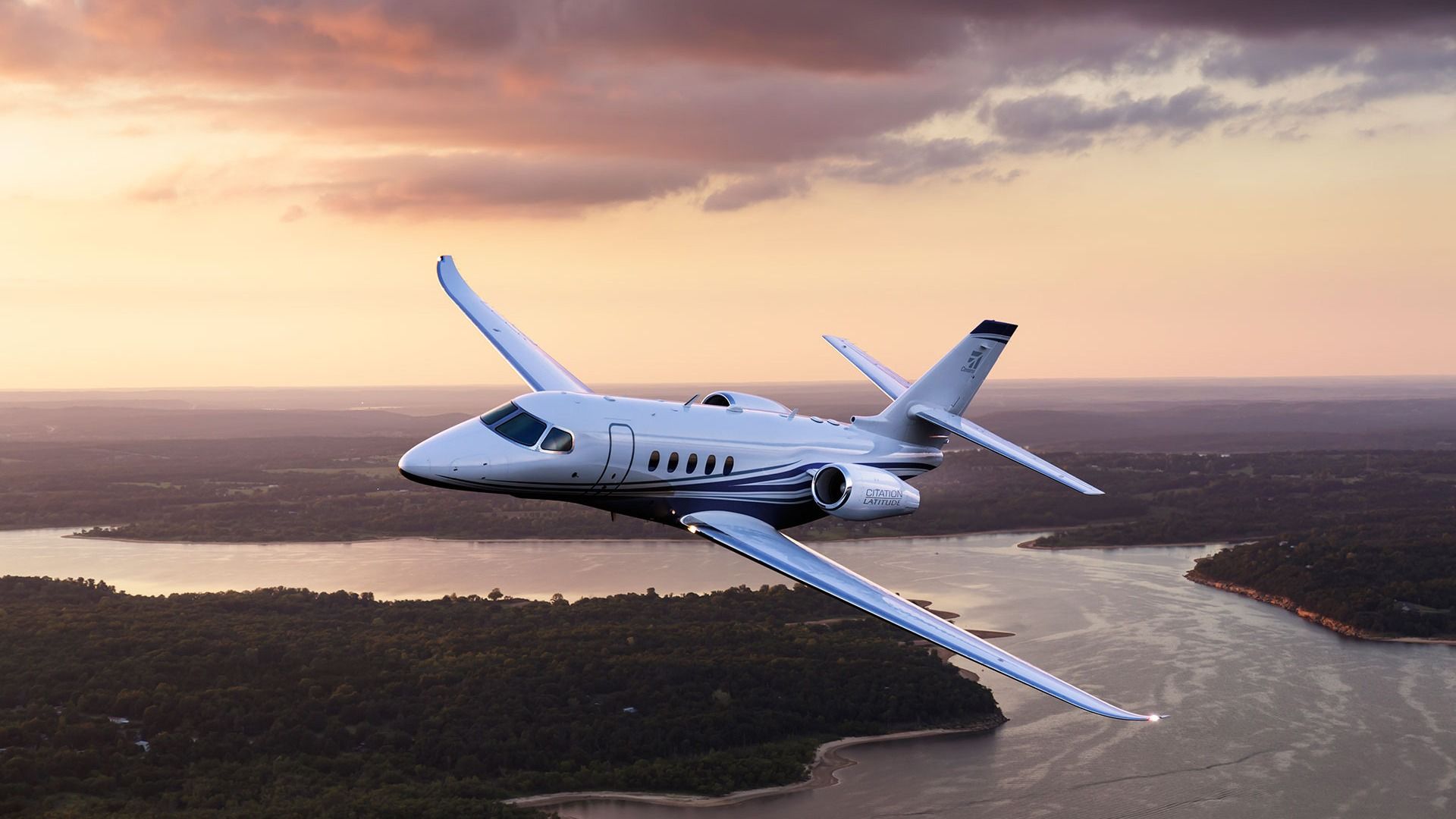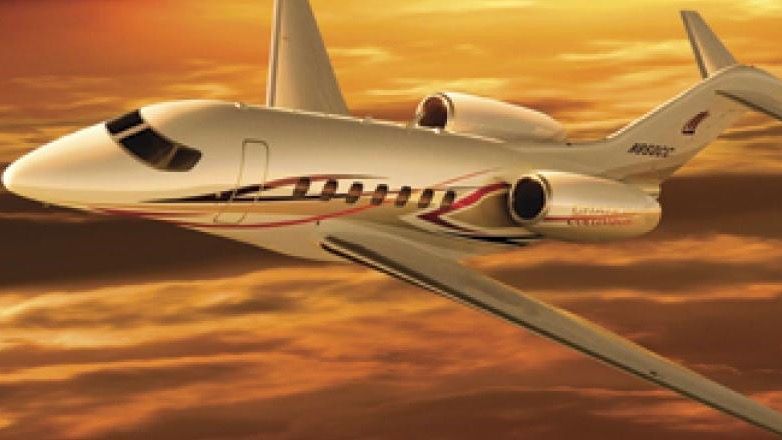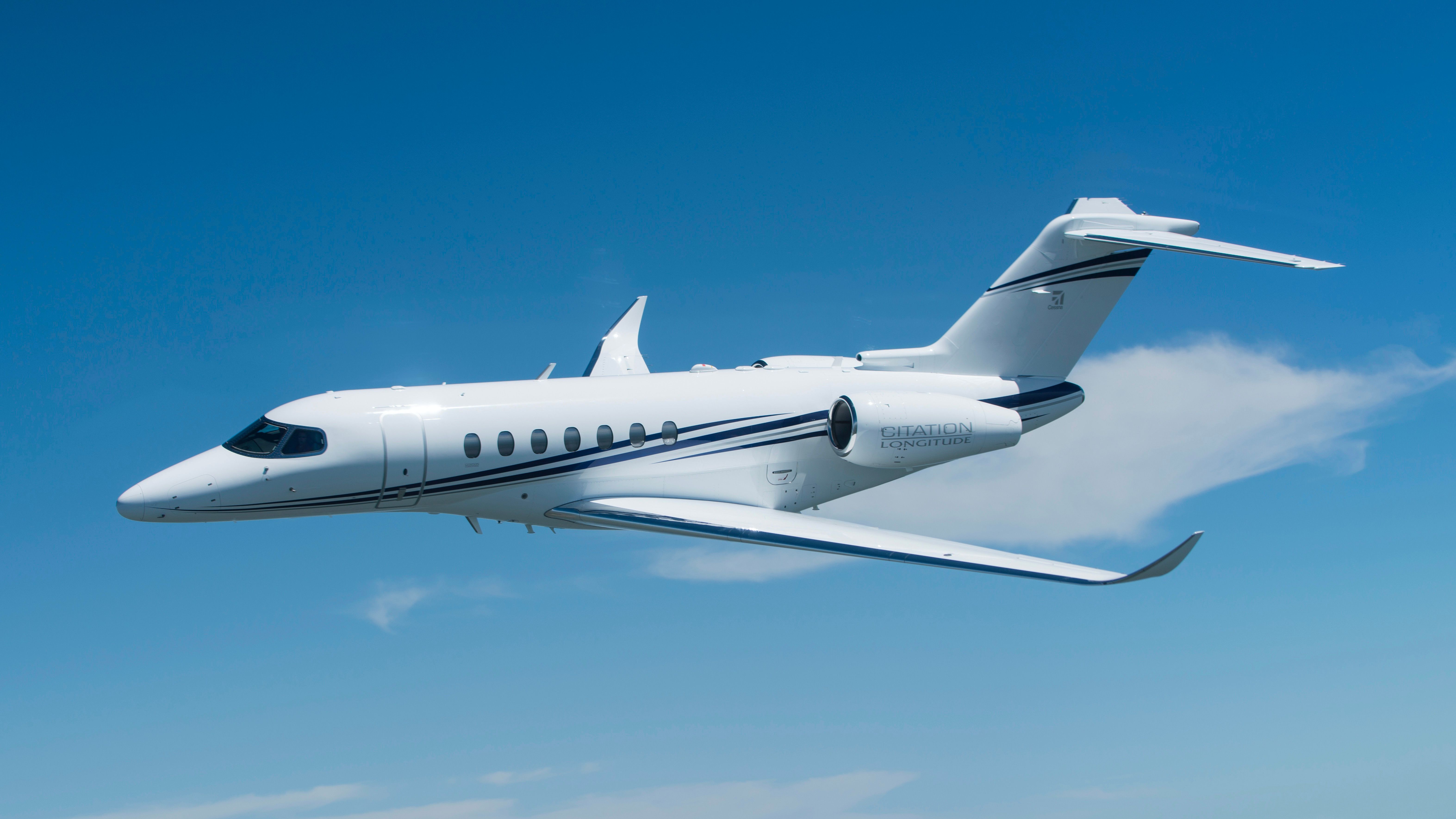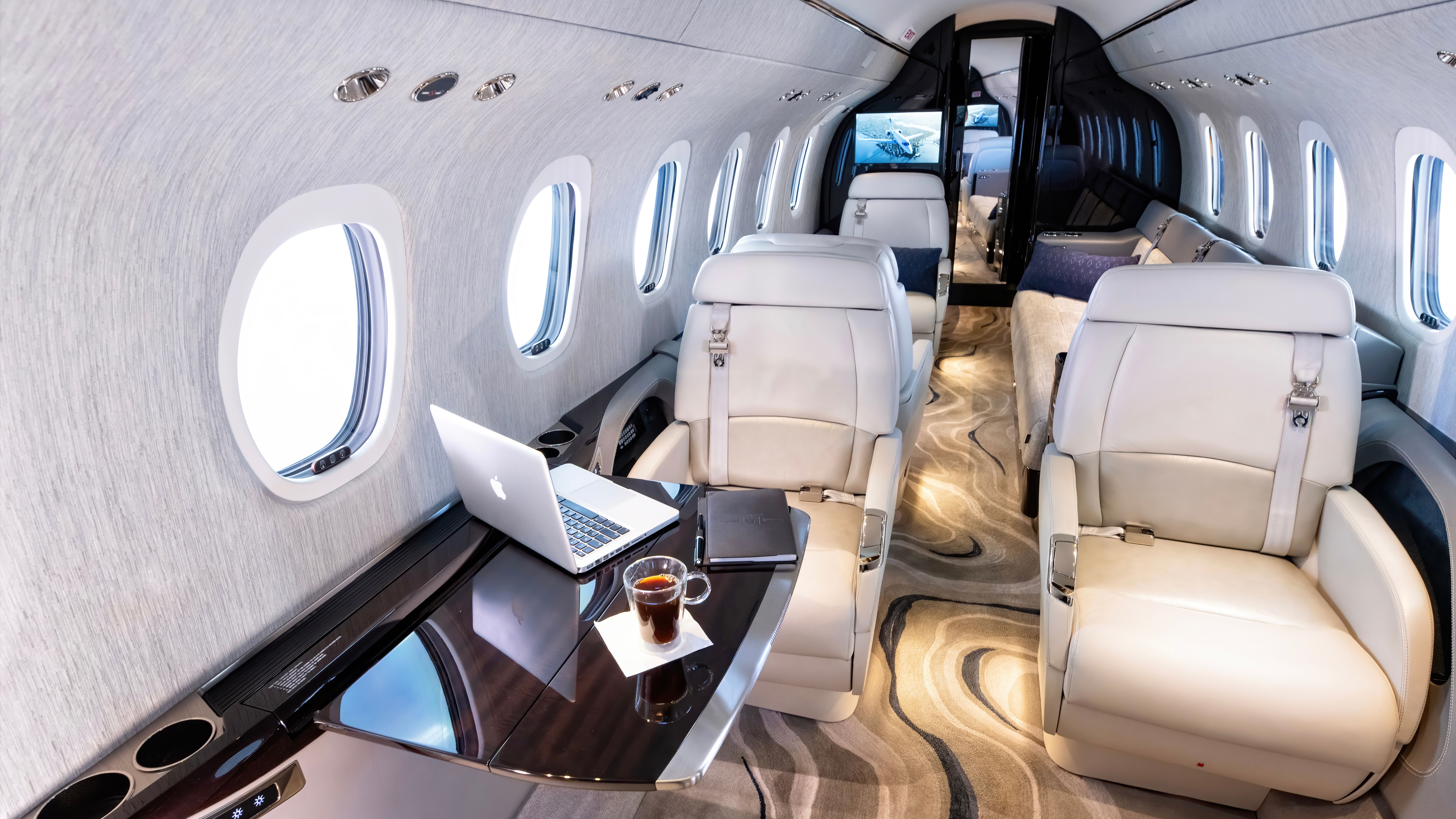Summary
- The Citation Longitude, introduced in 2019, is the largest business jet ever produced by Cessna.
- The Longitude has a range of 3,500 nautical miles, 483 knots speed, and advanced Honeywell HTF7000 engines.
- The canceled Citation Hemisphere project would have been the largest Cessna aircraft, but was ultimately axed due to engine issues.
Cessna has been producing business jets since the 1970s. Over fifty years, Cessna has built everything from four-seater very light jets to large and fast business jets. The manufacturer (owned by Textron Aviation since 1992) has the largest fleet of aircraft ever produced with over 35 million flight hours logged. So, which of the Cessna variants is the largest?
The Longitude introduced
The Citation Longitude was first introduced by Cessna in 2019. It performed its first flight in October 2016 and was finally certified by the Federal Aviation Administration in September 2019. Derived from the previous Citation Latitude, the Longitude was to become the largest business jet that Cessna ever produced.
Photo: Textron Aviation
A version of the Latitude?
The fuselage of the Latitude was stretched and another seat row was added, to allow eight passenger seats, although it can seat twelve. The Longitude has a T-tail, 28-inch swept wing and Honeywell HTF7000 turbofan engines. Its range is 3,500 nautical miles or 6,500 kilometers, and it can travel at a speed of 483 knots or 895 kilometers per hour. In just 16 minutes, the Longitude can climb to a ceiling of 43,000 feet.
Image: Textron Aviation
General characteristics
- Crew: 2+1 optional crew member
- Capacity: 8-12
- Length: 73 ft 2 in (22.30 m)
- Wingspan: 68 ft 11 in (21.01 m)
- Height: 19 ft 5 in (5.92 m)
- Wing area: 537 sq ft (49.9 m2)
- Empty weight: 23,389 lb (10,609 kg)
- Max takeoff weight: 39,500 lb (17,917 kg)
- Fuel capacity: 14,511 lb (6,600 kg)
- Full Fuel Payload : 1,600 lb (730 kg)
- Cabin Height: 72 in (1.83 m)
- Cabin Width: 77 in (1.96 m)
- Cabin Length: 25 ft 2 in (7.67 m)
- Powerplant: 2 × Honeywell HTF7700L turbofans, 7,665 lbf (34.10 kN) thrust each
Performance
- Cruise speed: 483 kn (556 mph, 895 km/h)0.84M Maximum Limit Speed
- Range: 3,500 nmi (4,028 mi, 6,482 km)
- Service ceiling: 45,000 ft (13,716 m)
- Time to altitude: 16 min to FL430 for 33,000 lb (14,970 kg) at takeoff)
- Takeoff: 4,810 ft (1,466 m)
- Landing: 3,170 ft (966 m)
- Cabin altitude: 5,950 ft (1,810 m)
- Fuel consumption: 2,400 lb (1,100 kg) for the first hour, 1,600–1,800 lb (730–820 kg) per hour in cruise.
Influenced by the Citation Columbus
The Longitude followed on from the canceled Citation Columbus program. The aircraft cabin was slightly shorter and narrower than the Columbus. The Latitude could only seat six, so with this in mind, the cabin was reinforced and stretched to accommodate eight passengers in a double club seating configuration. This then became the Longitude with a cabin height of six feet, a width of six and a half feet and a cabin length of twenty-five feet.
Photo: Textron Aviation
General characteristics
- Capacity: 10 passengers
- Length: 77 ft (23 m)
- Wingspan: 80 ft (24 m)
- Height: 27 ft 7 in (8.41 m)
- Wing area: 709.3 sq ft (65.90 m2)
- Powerplant: 2 ×Pratt & Whitney Canada PW810 turbofans, 8,830 lbf (39.3 kN) thrust each
Performance
- Maximum speed: Mach 0.85
- Cruise speed: 488 kn (562 mph, 904 km/h) Mach 0.85
- Range: 4,000 nmi (4,600 mi, 7,400 km) Mach 0.8, 8 passengers
- Service ceiling: 45,000 ft (14,000 m)
- Time to altitude: 27 min to 41,000 ft (12,000 m)
The Citation Hemisphere project
Safran Silvercrest engines were initially proposed for the Longitude but would be replaced by the Honeywell HTF7000. This was compounded by the canceled Citation Hemisphere project, originally launched in November 2015 and was touted to fly in 2019. However, there were some delays due to the development of the Safran Silvercrest engines.
The Hemisphere would have a top speed of Mach 0.9 and a range of 8,300 kilometers. The engines were to provide 12,000 pounds of thrust. The cockpit would have Honeywell Primus Epic avionics and a Thales Group fly-by-wire flight control system. The cabin had the widest cabin in aircraft of the same class.
General characteristics
- Capacity: 12 passengers
- Fuselage diameter: 102 inches (260 cm)
- Powerplant: 2 × Safran Silvercrest turbofans, 12,000 lbf (53 kN) thrust each
Performance
- Cruise speed: 516 kn (594 mph, 956 km/h) mach 0.9
- Range: 4,500 nmi (5,200 mi, 8,300 km)
- Cabin Altitude: 5,000 ft (1,500 m)
Engine issues
Issues were found with the engines during tests in that they were slow to respond to commands at high altitudes. Safran tried to redesign the engine to align with the Hemisphere program. Dassault had already canceled their Falcon 5X program due to this engine issue.
Cessna, however, decided to stick with the development of the Hemisphere with the Silvercrest engines because they offered the best in terms of fuel efficiency. The Hemisphere project was canceled by Cessna in July 2019 as the engines did not meet their objectives. It may have been the largest Cessna aircraft, had it not been canceled.
Photo: Textron Aviation
The Longitude is finally launched
From its first flight in 2016, four of the Longitudes were produced for the purpose of testing. The aircraft was finally certified by the FAA after 6,000 flight hours, 11,000 test points, and 31,000 nautical miles or 57,000-kilometer world tour. The first production aircraft was delivered in October of 2019.
In December 2019, NetJets received their first Citation Longitude from the original 150 aircraft that they ordered in the previous year. The aircraft was chosen for its passenger comfort and luxury, as well as being a fuel-efficient and cost-effective super-midsized jet. It continues to be Cessna’s largest business jet to date and remains in production.
Textron Aviation announced in July 2021 that the aircraft had European Union Aviation Safety Agency (EASA) certification. By May 2023, the 100th Citation Longitude had been delivered. In 2024, the aircraft’s list price is $29 million.





